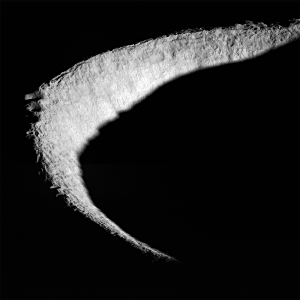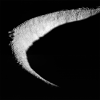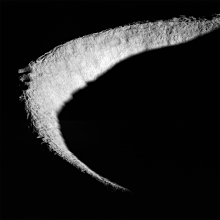LRO [1]
The sharpest “eyes” to ever gaze down upon the Moon arrived at the Moon 10 years ago today. Since then, LRO — Lunar Reconnaissance Orbiter — has compiled the most detailed maps of the Moon to date. And its images will help scientists and engineers pick landing spots for future missions.
LRO carries several instruments. Perhaps the key instrument is a camera system. It’s mapped almost the entire lunar surface, showing details as small as a few feet across.
Other instruments have mapped the mineral composition of the surface. They’ve mapped the contours of the surface in detail, providing 3D views of mountains, craters, valleys, and other features.
LRO has looked into dark craters at the lunar poles. Those observations support the idea that pockets of ice lie at the bottoms of some of those craters. The ice could be a great resource for lunar bases, providing water, oxygen, and rocket fuel.
LRO has supported planning for human exploration in other ways as well. It’s measured how much radiation from the Sun and beyond rains down upon the Moon. And it’s measured how often the Moon gets hit by space rocks. Planners need to know about those hazards as they try to design safe habitats for explorers.
LRO has also photographed the landing sites of earlier explorers: the Apollo astronauts. The pictures even show the trails the astronauts left in the dirt — evidence of early explorers snapped by one that’s still going strong.


